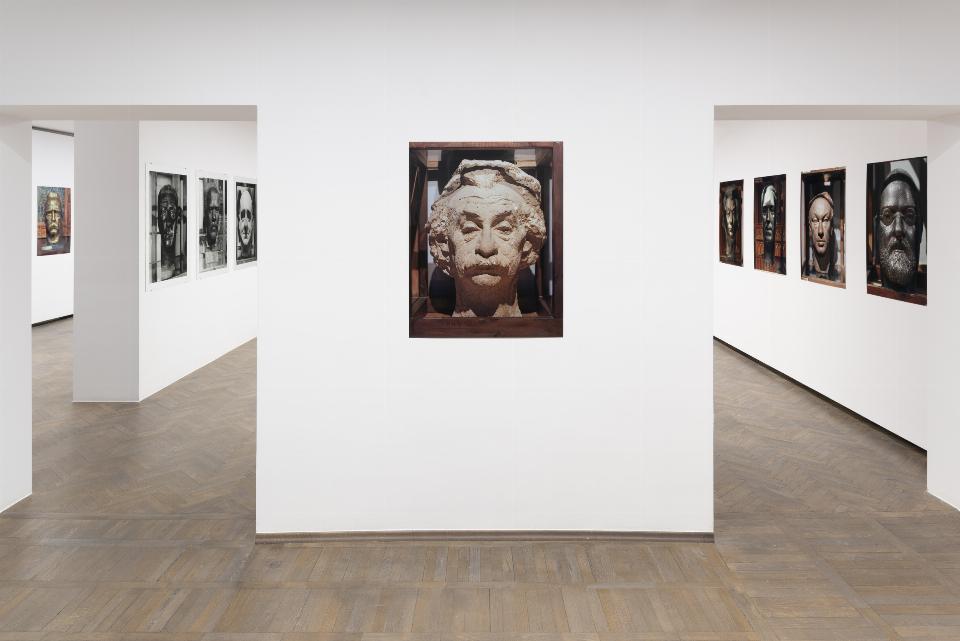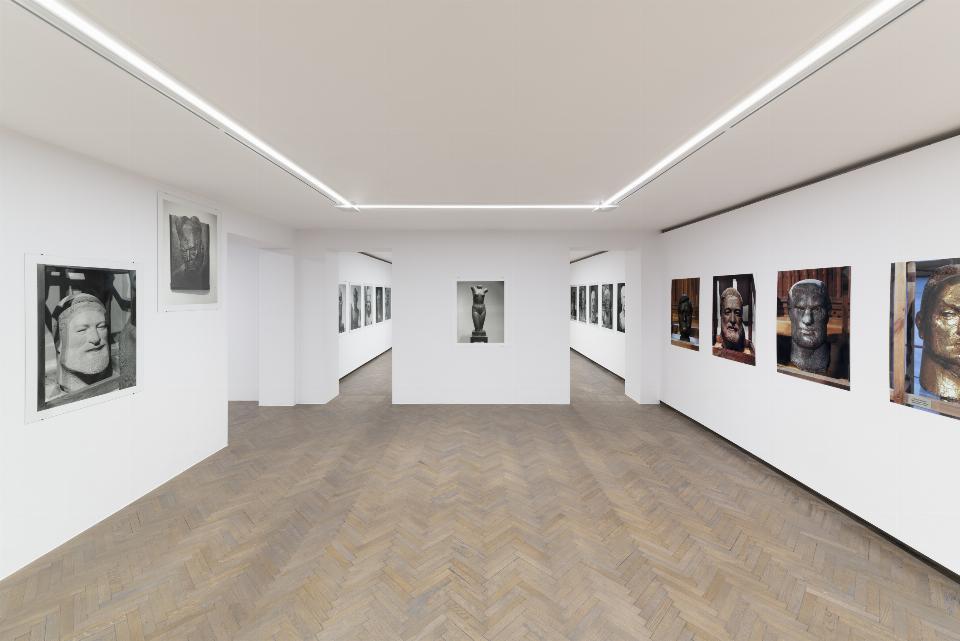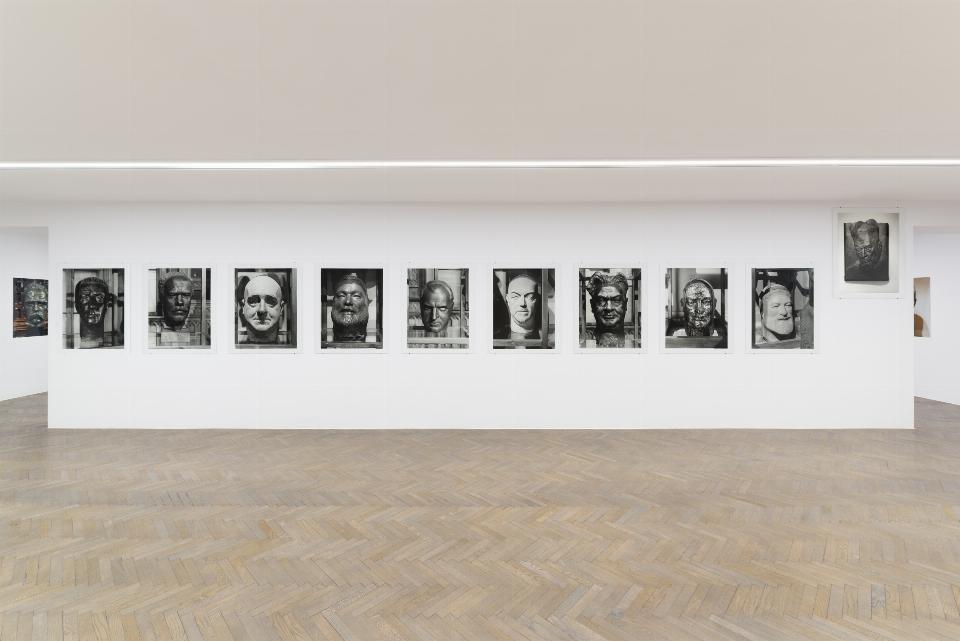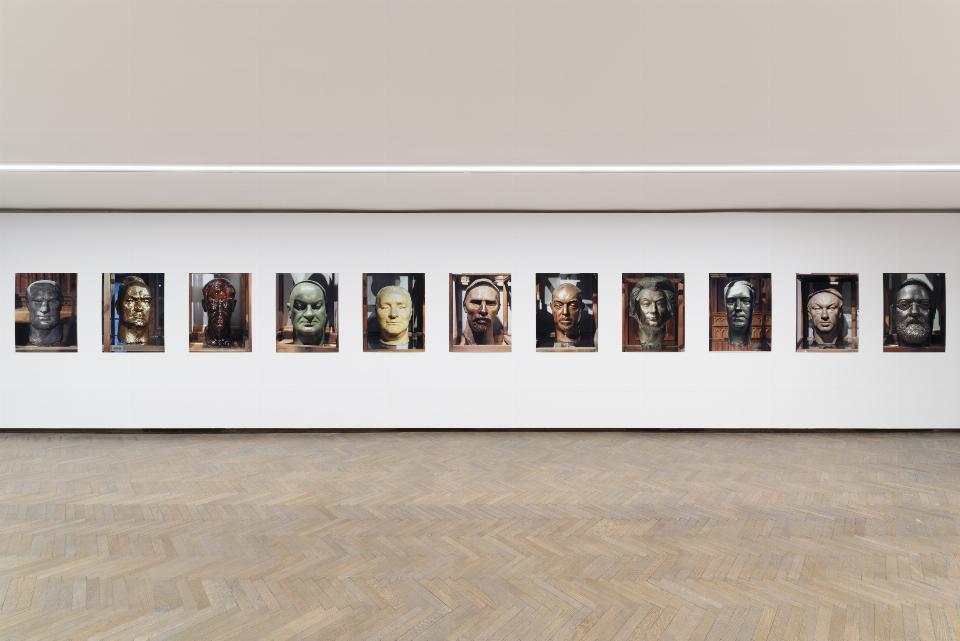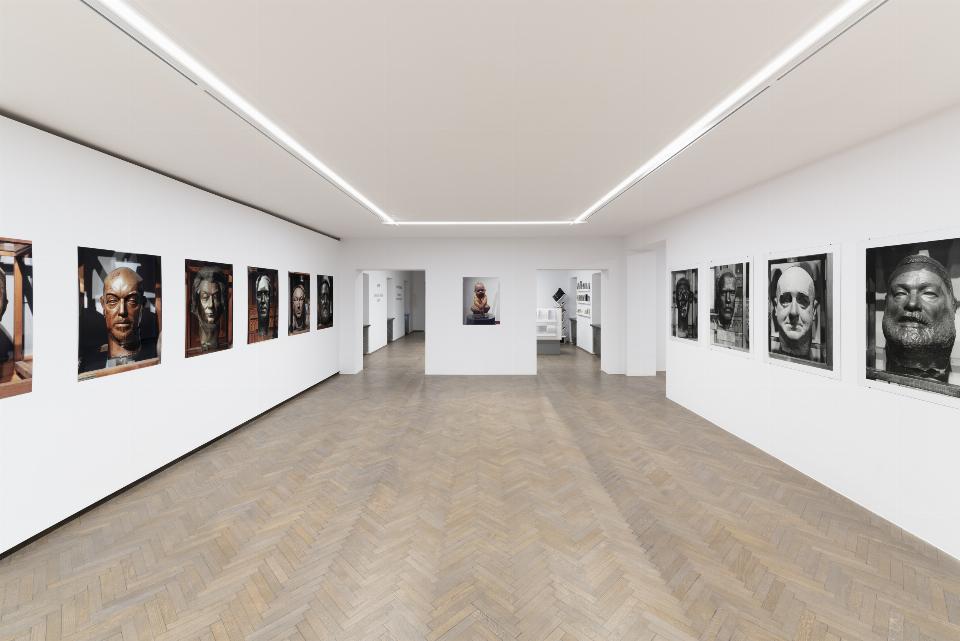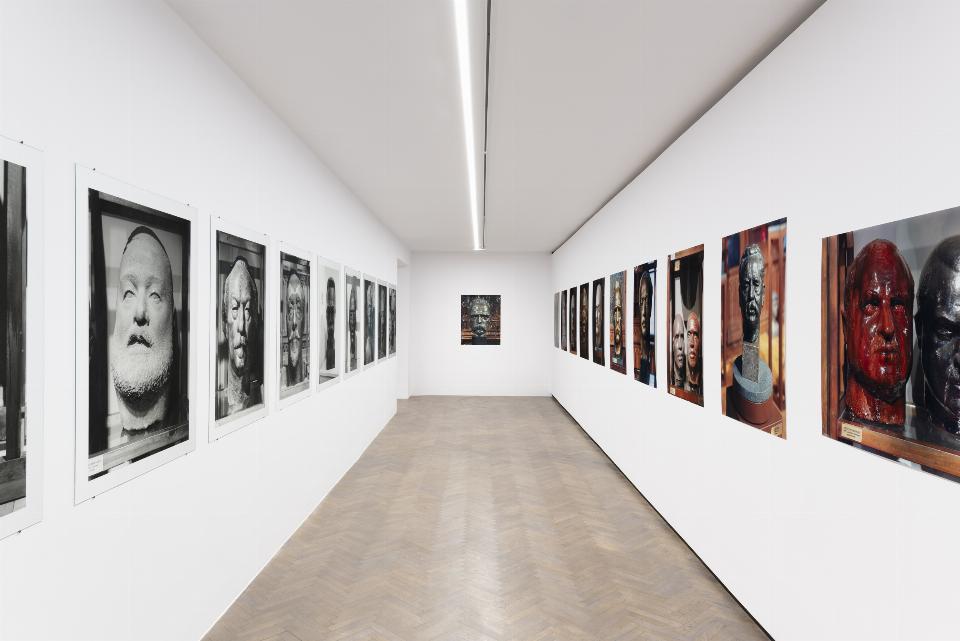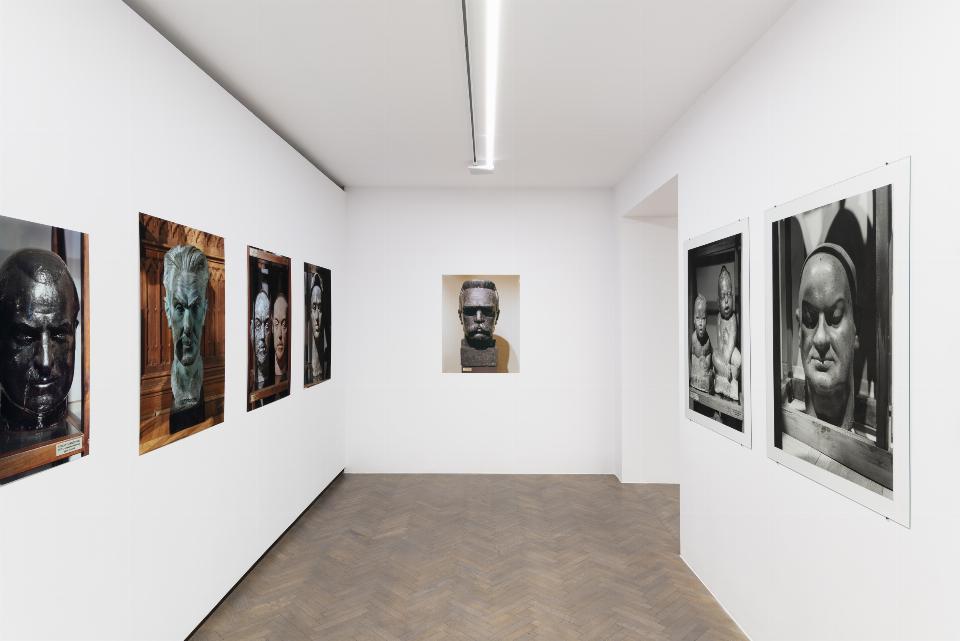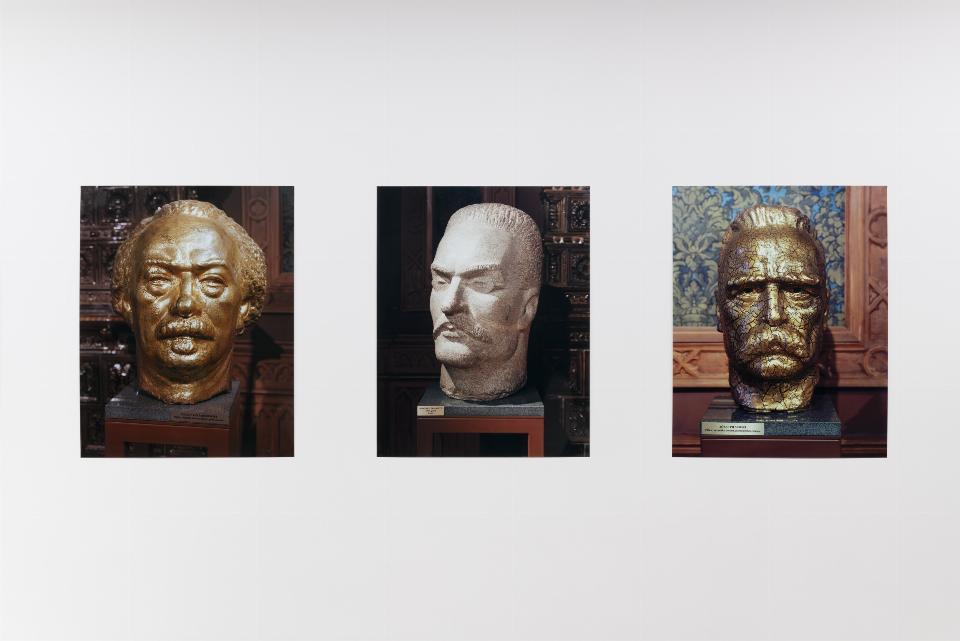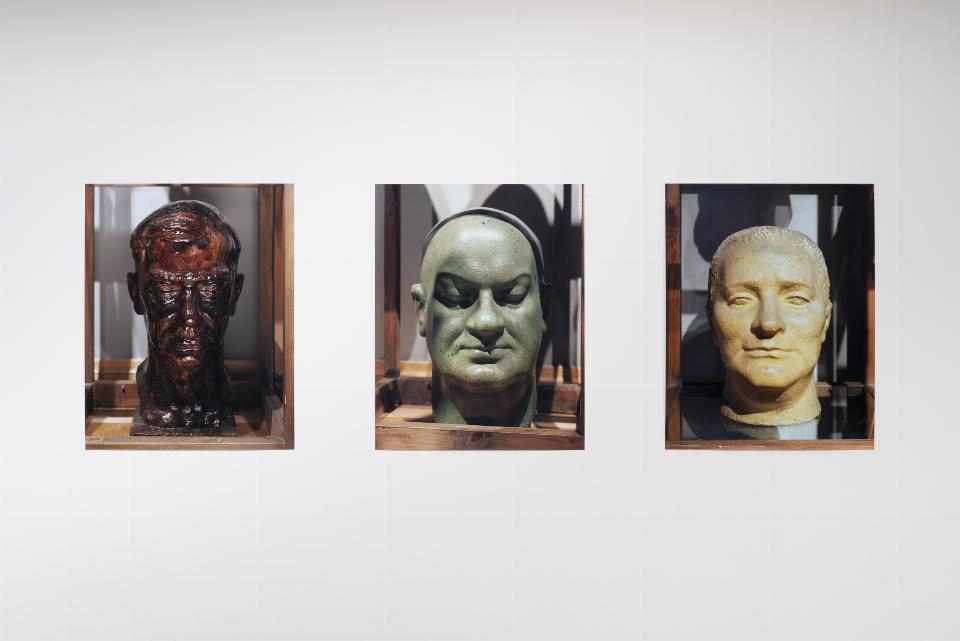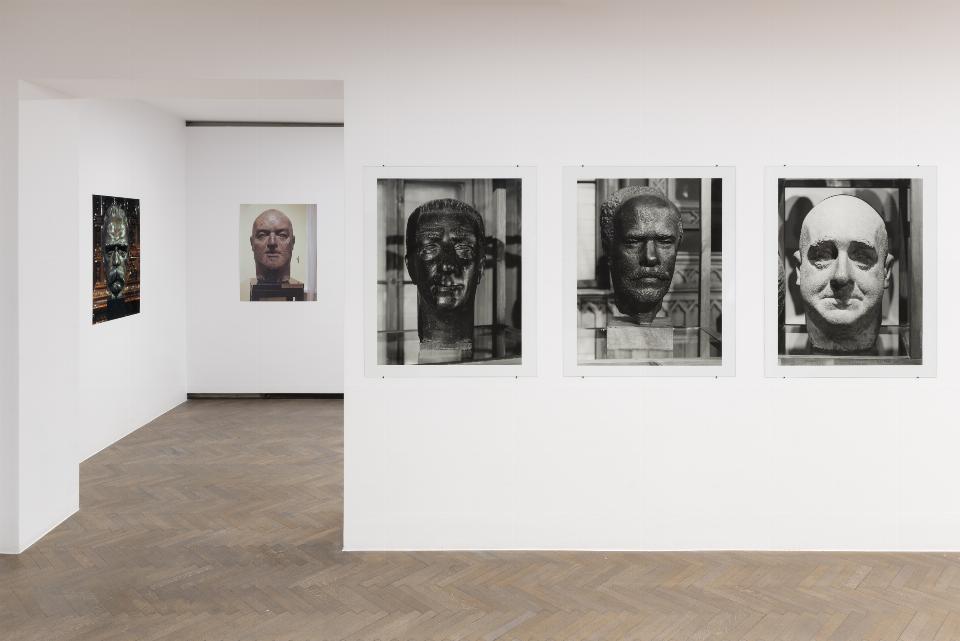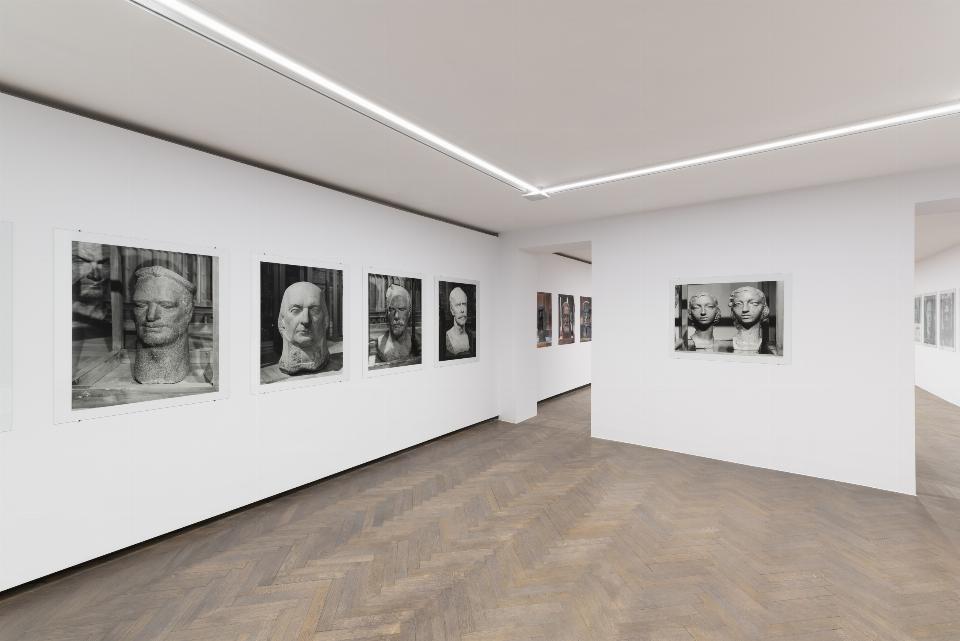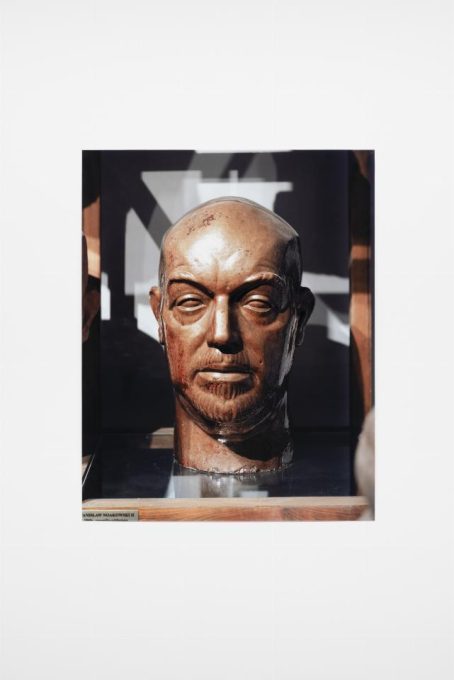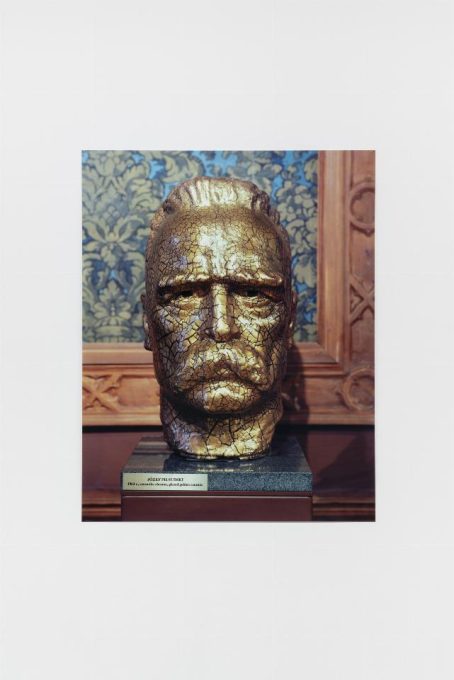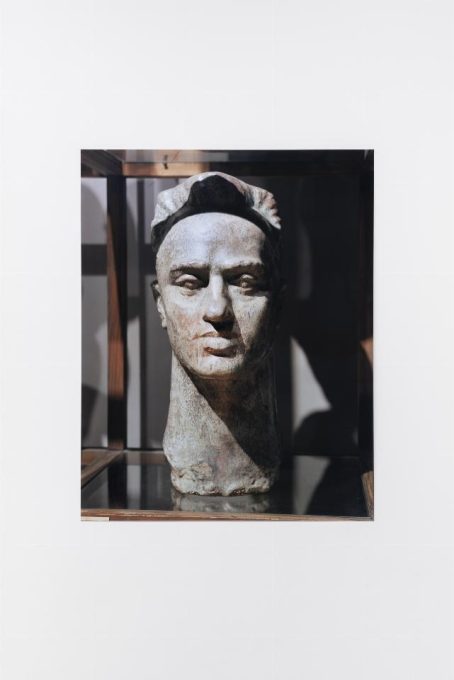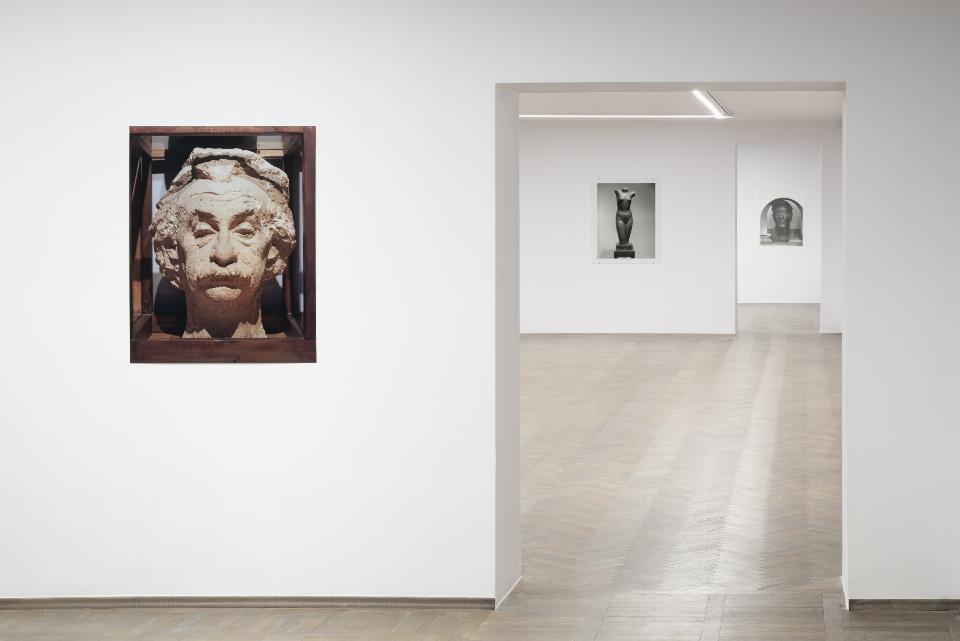J/P/K Jasanský Polák Karny
J/P/K/ Jasanský Polák Karny
Lukáš Jasanský i Martin Polák
Lukáš Jasanský (1965) and Martin Polák (1966) are among the most highly regarded contemporary Czech photographers. They have been working together since the 1980s creating elaborate photographic series based on seriality and repetition. Their practice can be described as simultaneously documentary and conceptual. For although Jasanský and Polák find their leitmotifs in the surrounding reality and give them the form of reliable, distanced documentation, the final series are characterized by the authors’ ironic attitude towards the photographed objects. This was the case with the two previous series of photographs taken in Poland. Churches, Churches (2012) documented the architectural forms of contemporary Polish temples, while Director and Founder (2011) documented a day in the life of a cultural worker in a local provincial town. The absurdity of the situations photographed becomes apparent precisely due to the neutrality and factuality of the series, as well as their extensiveness. The almost rhythmic repetition and accumulation of monotonous, “uninvolved” frames, replicating the photographed objects and “almost identifying with them” build up the subversive meanings of the Czech duo’s works. However, “the moment of shifting meanings is not always grasped by the viewer.”[1]
In 2019, Lukáš Jasanský and Martin Polák produced a series of photographs, resulting from an accidental visit to the Alfons Karny Sculpture Museum in Białystok, an institution that presents the artistic output of the portrait sculptor born here. The local museum features likenesses of world artists and scientists, “ordinary people,” friends of the artist and himself, and most importantly, the Gallery of Great Poles. Arranged in 1993 in a 19th century villa, the exhibition has a nostalgic, anachronistic feel. This regional genius loci must have attracted artists who have been exploring the visual aspects of Central European history for years. The exclusive subject of the project, entitled Jasanský Polák Karny, are frontally photographed busts from the Museum’s collection. The oeuvre of Alfons Karny (1901-1989), built up over almost the entire 20th century, consists almost exclusively of sculptural portraits, which the artist himself called “heads.” On some level, the repetition of this form in Karny’s work corresponds to the artistic strategy of Jasanký and Polák. Giving this artist’s consistency the meaning of a conceptual gesture, the Czech duo places Karny’s name along with their own in the title of the series. But while reminiscent of pages from a museum inventory, the series maintains a semblance of objectivity, it also presents humorous elements and the artists’ distance from heroic narratives.
Jasanský and Polák are interested in archiving peripheral histories. As a result, they were able to give the sculptor a chance for a final international tournée, from which the photographs returned to the city for a solo exhibition at the Arsenal Gallery. Presented in Bialystok, they can refer to the ways in which local myths and identities are constructed.
[1] G. Dziamski, ‘Sztuka publiczna’, Kultura i Społeczeństwo, 1 (2005), own translation.
Curator: Katarzyna Różniak-Szabelska
PLAN YOUR VISIT
Opening times:
Thuesday – Sunday
10:00-18:00
Last admission
to exhibition is at:
17.30
